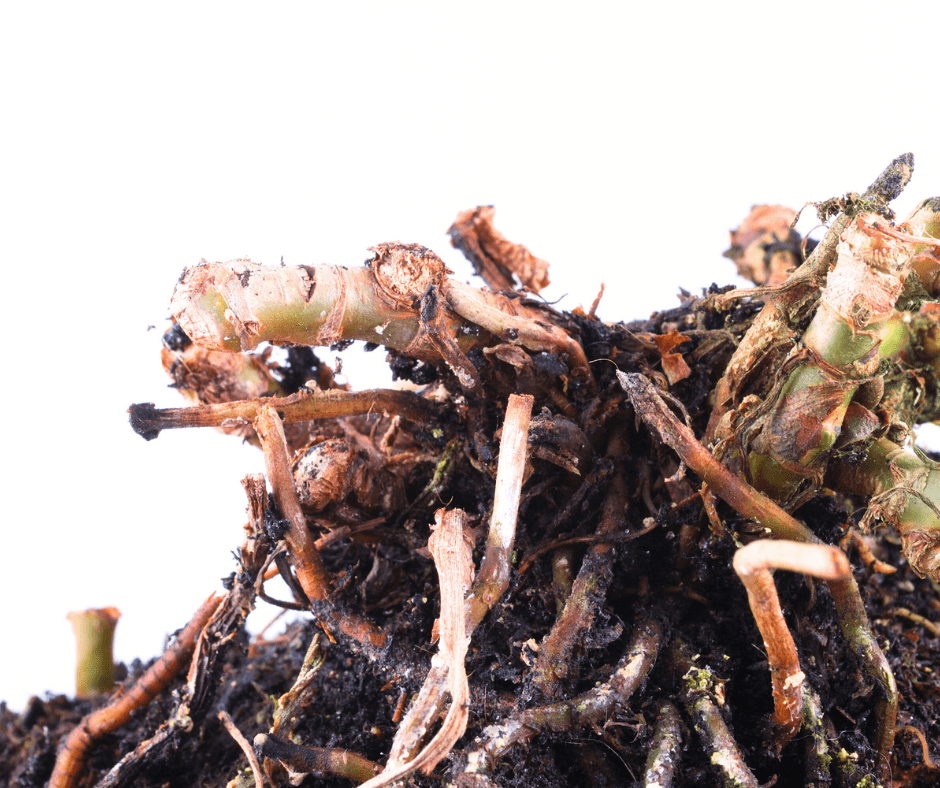Watering houseplants is a big topic around the garden nursery water cooler, but maybe a little more attention could be given allowing plants to dry out some. Hear me out, there is a method to my madness. While a perfect balance between watering your plants and letting them dry out must be achieved, today I am explaining why the ‘dry out’ period is just as important as wanting to give your plant some hydration.

When watering your houseplants, you should always first be checking the soil for moisture. FEEL IT! Stick your finger in the soil a few inches and test for moisture. If soil sticks to your finger, don’t water yet. If soil flakes off, it’s time to water. When you water, it should always be thorough. This means, taking your houseplants to the sink and watering until the water streams from the drainage holes. Then, allow your houseplant to use up most of that water before dousing it again.
Allowing the soil to dry out a little between waterings, allows time for any waste products, fungus spores, and pests to accumulate in the soil air layer. Then, when it’s time to water your plant again, you water it thoroughly to where water runs constantly out the drainage hole. The waste products in the soil get flushed out of the drainage hole as well, and soil is revived with oxygen and fresh water. Repeating this cycle with your houseplants gives them the ideal growing environment.

This needed drying cycle is one of the reasons we recommend repotting plants only when warranted, and only up to the next sized container. By bumping up your houseplants into containers no more than twice the diameter of the current pot your plant is in, you avoid potting your plant in too much soil. Too much soil can cause a problem with the above mentioned cycle of watering, drying, and watering again to flush out waste. Too much soil in a pot can take too long to dry out, leaving the root of your plants vulnerable to fungus gnats and root rot. Root rot, a.k.a. “Wet feet”, happens when roots are too wet for too long a period of time. Instead of soil delivering oxygen to the roots, the soil becomes anaerobic (oxygen free) and the roots basically get suffocated.
This is also why we advise potting only in containers that have adequate drainage holes, and only purchasing quality potting soil that contains ingredients that help with drainage. With well-draining soil, water is able to move through and allow air to fill the space that is left behind. Your plants’ roots need to ‘breathe’ this oxygen that is produced as the air bubbles through the water.

Overwatering is the #1 cause of death to houseplants. We think we are loving on them by giving them water everyday, regardless if they are showing any signs of being thirsty. But in all actuality, we are preventing our plants from an opportunity to stretch their roots out even more. Soil that is drying forces roots to dive deeper in search of moisture. We want deep, strong roots. So this is a process we want to encourage our plants’ roots to go through.
Now don’t go telling everybody that I told you not to water your plants! I’m just reminding you that it is ALWAYS the best practice to feel your soil before watering rather than following a weekly watering routine.
Try to adopt a “look and feel” routine instead:
- Look: Notice when the top of soil begins to look paler in color.
- Feel: Stick finger 2-3” down into the soil to feel for moisture. If soil sticks to your finger, skip watering that day, if soil flakes off easily, water.
~The Happy Gardener, Lisa Mulroy


What if I did overwatered my plant and now it’s droopy and sad ugh! What do I do??
You could try repotting the rootball into some drier soil to soak up some of the water, but it depends on how long it’s been sitting in water. Make sure your pots have drainage holes. And start this cycle once the plant looks like it is on its way to recovery.